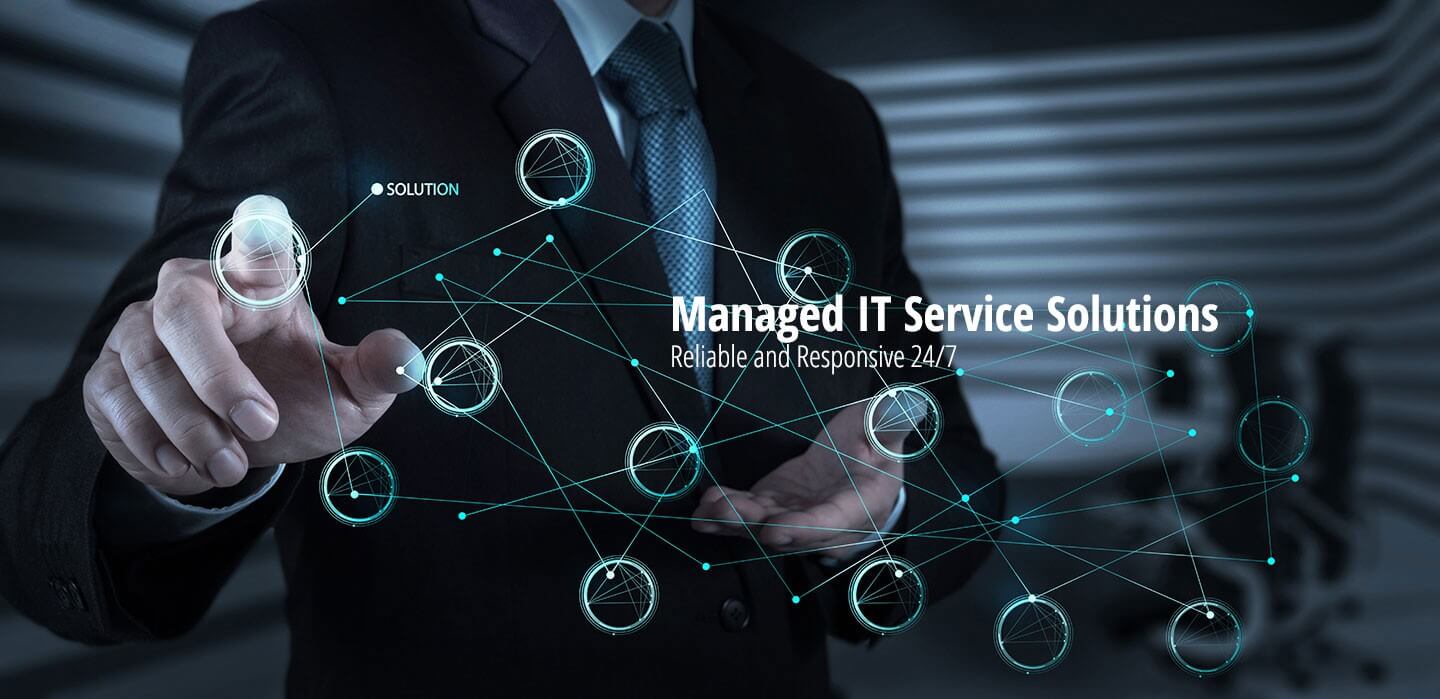Understanding Managed IT Services and IT Services: A Detailed Guide

In today’s digital age, businesses rely heavily on technology to operate efficiently and effectively. Whether it’s managing data, communicating with clients, or streamlining internal processes, having a robust IT infrastructure is crucial for success. However, maintaining and managing this infrastructure can be complex and time-consuming, especially for small to medium-sized businesses that may not have the resources or expertise to handle it internally. This is where Managed IT Services and IT Services come into play.
What are Managed IT Services?
Managed IT Services refer to the practice of outsourcing the responsibility for maintaining, anticipating, and managing IT systems and functions to a third-party provider – often referred to as a Managed Service Provider (MSP). These services are typically delivered proactively and remotely, with the aim of improving the efficiency and reliability of a company’s IT operations.
Key Components of Managed IT Services:
- Proactive Monitoring and Maintenance: Managed IT service providers monitor clients’ IT systems 24/7 to identify and address potential issues before they escalate into major problems. This proactive approach helps minimize downtime and ensures smooth operations.
- Network Security: With the increasing frequency and sophistication of cyber threats, ensuring the security of IT systems is paramount. Managed IT service providers implement robust security measures, such as firewalls, antivirus software, and intrusion detection systems, to protect against cyber attacks and data breaches.
- Data Backup and Disaster Recovery: Data loss can have devastating consequences for businesses. Managed IT service providers implement regular data backup procedures and develop comprehensive disaster recovery plans to minimize the impact of unforeseen events such as hardware failures, natural disasters, or cyber attacks.
- Help Desk Support: Managed IT service providers offer help desk support to address users’ IT-related issues and queries promptly. This ensures that employees can remain productive and focused on their tasks without being hindered by technical difficulties.
- Scalability: Managed IT services are designed to scale according to the needs of the business. Whether the company is experiencing growth or downsizing, the IT infrastructure can be easily adjusted to accommodate changing requirements.
Advantages of Managed IT Services:
- Cost-Effectiveness: Outsourcing IT management to a managed service provider can be more cost-effective than hiring and maintaining an in-house IT team. Managed IT services are typically offered on a subscription basis, allowing businesses to budget more effectively and avoid unexpected expenses.
- Access to Expertise: Managed IT service providers employ experienced professionals with specialized knowledge in various areas of IT. This expertise ensures that businesses have access to the latest technologies and best practices without having to invest in extensive training or recruitment efforts.
- Focus on Core Business Activities: By outsourcing IT management to a third-party provider, businesses can free up valuable time and resources to focus on their core activities and strategic objectives. This can lead to increased productivity and competitiveness in the marketplace.
- Enhanced Security and Compliance: Managed IT service providers stay abreast of the latest security threats and regulatory requirements, ensuring that clients’ IT systems are compliant with industry standards and adequately protected against cyber threats.
What are IT Services?
IT Services encompass a broad range of activities related to the planning, design, implementation, operation, and support of IT systems and infrastructure within an organization. Unlike Managed IT Services, which are typically outsourced to a third-party provider, IT Services may be provided internally by an organization’s own IT department or externally by specialized vendors.
Key Components of IT Services:
- Hardware and Software Procurement: IT services include the procurement of hardware such as servers, computers, and networking equipment, as well as software applications and licenses required to support business operations.
- System Integration and Deployment: IT services involve the integration and deployment of IT systems and solutions to meet the specific needs of the organization. This may include setting up new infrastructure, configuring software applications, and migrating data from legacy systems.
- Technical Support and Maintenance: IT services encompass ongoing technical support and maintenance activities to ensure the reliability and performance of IT systems. This may include troubleshooting issues, installing updates and patches, and performing regular maintenance tasks.
- IT Consulting and Advisory: IT services may also include consulting and advisory services to help organizations make informed decisions about their IT investments and strategies. This may involve conducting technology assessments, developing IT roadmaps, and providing recommendations for improvement.
Advantages of IT Services:
- Customization and Flexibility: Unlike Managed IT Services, which are standardized and offered as a package, IT services can be tailored to meet the specific needs and requirements of the organization. This allows for greater flexibility and customization to support business objectives.
- In-House Control: By managing IT services internally, organizations retain greater control over their IT operations and decision-making processes. This can be advantageous for businesses with unique or specialized IT requirements.
- Deep Understanding of Business Processes: Internal IT departments often have a deep understanding of the organization’s business processes and workflows, allowing them to develop IT solutions that are closely aligned with business objectives and priorities.
- Cost Transparency: With internal IT services, organizations have greater visibility and control over IT-related costs, as expenses are incurred directly and can be more easily tracked and managed.
In conclusion, both Managed IT Services and IT Services play essential roles in supporting and optimizing IT operations within organizations. While Managed IT Services offer the benefits of outsourcing IT management to specialized providers, IT Services provide the flexibility and customization options that come with managing IT internally. Ultimately, the choice between the two depends on the unique needs, priorities, and resources of the organization.





